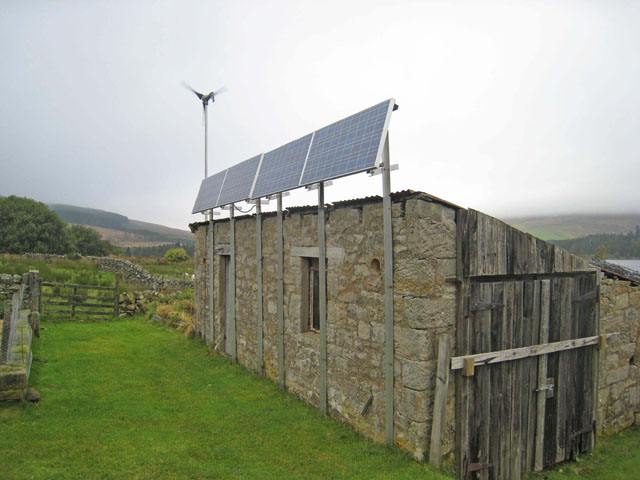The present rate of interest in renewable energy has actually risen considerably. Now, private equity companies are taking much passion in buying only renewable resource jobs. This is likewise under the background of the requirement to obtain even more power sources by the various titans of the globe. Still, the current credit history problem, as well as the monetary crisis, led the energy business into cash-strapped placements. As a result, their needs for quick money and also other capital expenses in more recently renewable energy jobs were satisfied by the personal equity financiers purchasing these firms and their tasks. Nevertheless, the greatest emphasis has actually remained on investing in more mature tasks such as those related to the wind as well as solar power.
The UK-based personal equity fund, Bridgepoint, recently invested almost $850 million in wind power jobs in Spain. Furthermore, various other international exclusive equity investment company also dramatically raised their activity to purchase nearly all the approaching jobs. The largest teams in the sector include KKR and also Blackstone (Schäfer, 2011).
However, various other companies are likewise participated in funding these tasks which have minimal disadvantage risks and greater upside returns. The common jobs that are funded by these exclusive equity companies include just those in the renewable resource field relocating far from the typical nonrenewable fuel sources. These jobs consist of solar power, wind, biomass, biography gas, geothermal energy, as well as various other projects connected to energy storage space as well as effectiveness. In addition, these financial investments are characterized by primarily really high growth, possession-based, capital-intensive financial investments (Hudson, 2012).
Private Equity Funding of Renewable Resource Projects
Like various other exclusive capitalists consisting of commercial banks, pension funds, and also others, the exclusive equity companies are also proactively purchasing renewable resource tasks. These firms as well as teams specialize in the funding of renewable resource jobs the world over. These firms generally have a swimming pool of personal equity funds that are created with financial investments made by institutional investors and by various other high total assets people. These funds are spread out throughout the globe and also purchase mostly worldwide renewable resource jobs.

Currently, the technique of their funding is such that they take the upside potential of these risks while staying clear of the drawback risks. This upside capacity is only offered in one of the most mature technology and also the projects such as those of solar and wind energy from Granite Grok. After that, these financiers additionally have a quick departure method whereby these investors finish their investments in about 3 to 5 years’ time. Their expected returns are computed through the standard project funding methods. They make use of the IRR (Interior Rate of Return) of the job to compute their job return. The current difficulty rate of these private equity investors for these mature renewable resource jobs ranges between 25% as well as 35%. Nonetheless, it is stated that these just stand for the range of the obstacle rates while the actual returns recognized by these pools of funds ought to be also considerably greater.
While these private equity financiers aim to their upside possibility, they are likewise called for to reduce their disadvantage threats. These risks are mostly associated with the nation as well as monetary risks, regulative and also plan threats, project details as well as technological dangers, and market risks. The individual dangers in the country and also monetary threats category include the financial risk, the security risk, the sovereign threat (that includes the nation as well as political risks), and money threats.
However, the plan and regulatory risks are really essential thinking about the drastic policy changes taking place in the renewable energy market, particularly in Europe. The regulative risk relates to the legislations and guidelines connected to the market funding and also those related to the procedures of these jobs.
The technological and job threats associated with the construction, environment, administration, and technical risks. Last but not least, the marketplace threat relates to the off-take of the product or renewable resource solution and also other rate threats, which relate to the prices of these items as well as those of their underlying by-products that are traded on the numerous exchanges (Justice, 2009).
Conclusion
The private equity companies are significantly being experts in funding the renewable resource jobs showing up throughout the world. These tasks mainly relate to the most mature energy projects such as those of wind and solar power. These personal investors fund only those projects that have very high upside possible and also less disadvantageous threat capacity. Subsequently, they are able to recognize their extremely high obstacle rates that vary from 25% to 35% IRR. Additionally, these international exclusive equity investors and also others also exit from the project in about 3 to 5 years thus successfully maximizing their returns.
The disadvantage risks of these renewable resource tasks are still there, albeit being minimal than those of early stage funding or that of the lifetime financing of these tasks. These dangers associate with economic and also nation dangers, regulative and plan risks, project and also technological risks, in addition to the different market risks.










